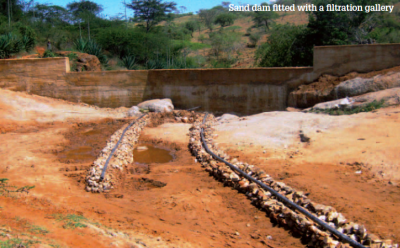The Swaziland Environment Action Plan consists of strategies to address Swaziland’s environmental problems, including climate change. Agriculture forms the base of Swaziland’s economy, as a large part of the manufacturing sector is agro-based. Therefore diversification of economic activities is necessary if the country is to reduce its level of vulnerability to climate change. The health sector is likely to be adversely affected by climate change due to an increase in vector-borne diseases resulting from increased temperature and precipitation. Water resources and biodiversity have been recognized as resources in Swaziland at risk from climate change. In Swaziland’s First National Communication of 21 May 2002 adaptation options have been identified to address these issues.
Swaziland is the smallest country in the southern hemisphere with a total surface area of 17, 260 km2. It is situated in South Eastern Africa between the 25th and 28th parallels and longitudes 31° and 32° East. It is landlocked with access either via South Africa or Mozambique. There is great variation in Swaziland’s landscapes, geology and climate. The country has been divided into six physiographic zones which vary in terms of the altitude, landforms, climate, geology, soils and vegetation. These zones are the Highveld, Upper Middleveld, Lower Middleveld, Western Lowveld, Eastern Lowveld and the Lubombo Range.
The climate in Swaziland is generally sub-tropical with wet and hot summers and cool and dry winters. However, the country is disposed to natural disasters which disrupt this seasonal pattern. There was a severe drought during the period of 1989 until 1994, and the region has also experienced tropical cyclones and storms. Climate change is likely to affect the occurrence and scale of these disasters and their associated impacts.
Sources: First National Communication for Swaziland, 21 May 2002.
Latest Publications
See allSand dams were identified as one potential adaptation measure that could be piloted in Swaziland. The United Nations Development…


